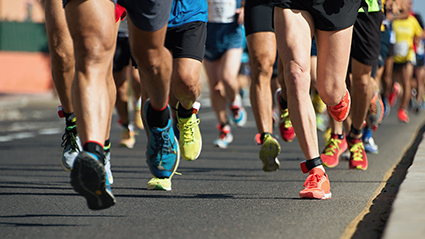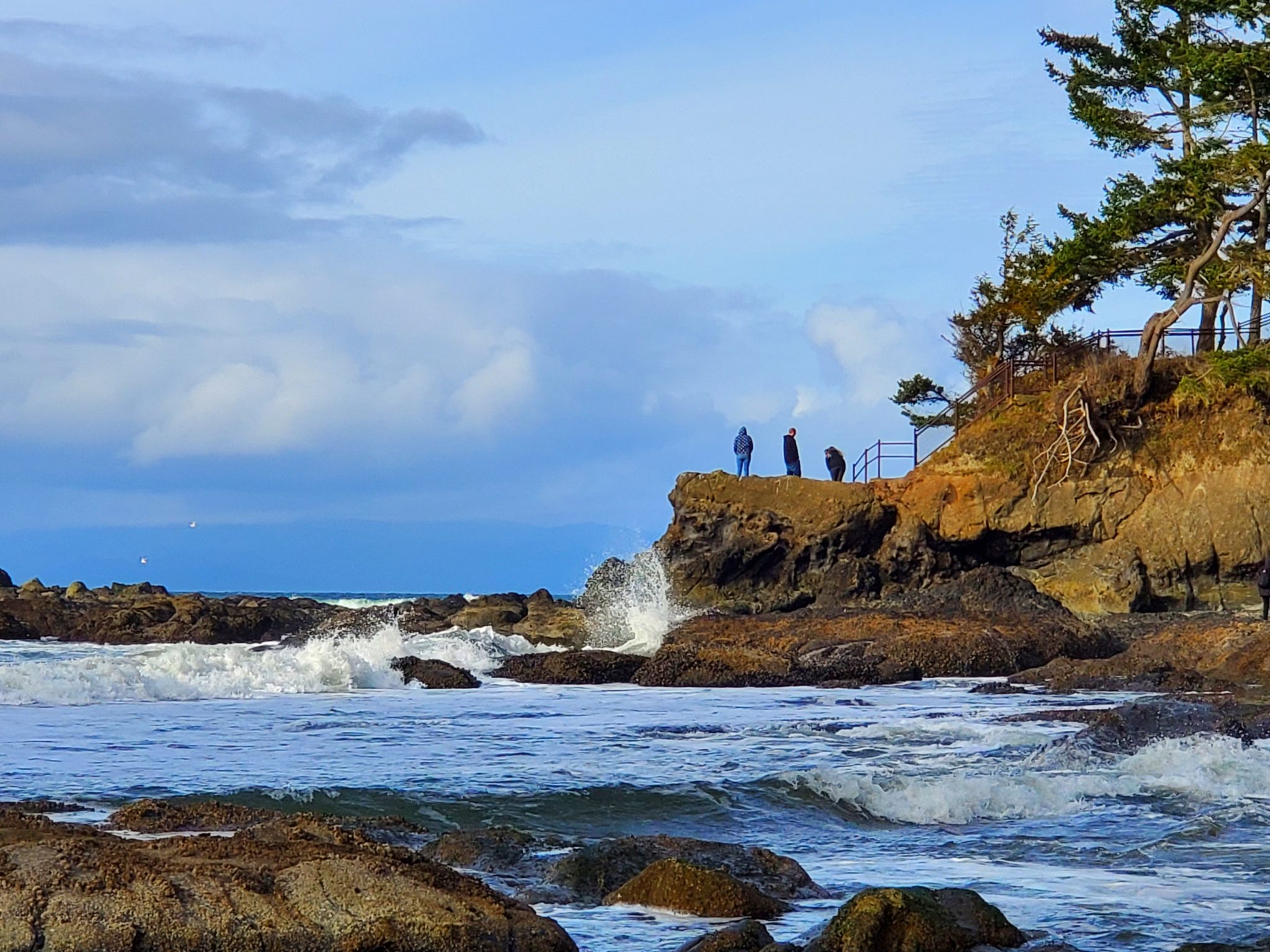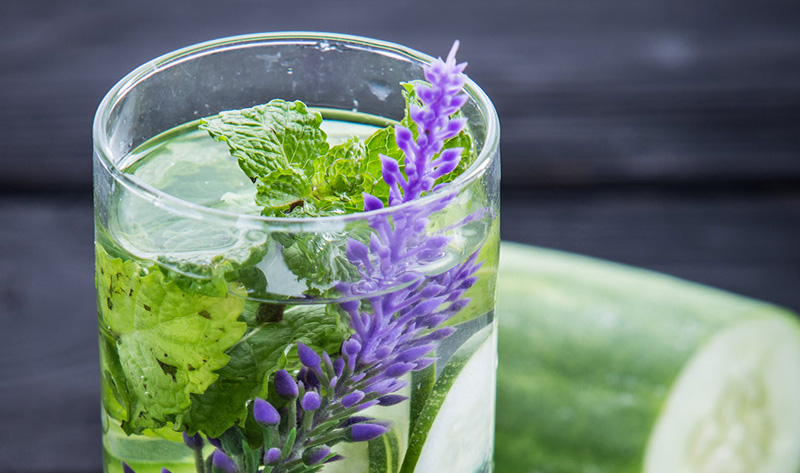Gallstones, also known as choleliths, are hardened, pockets of solidified digestive fluid that can form inside the gallbladder, an organ located in the right side of your abdomen, right below the liver. They can be as small as a single grain of sand, or so large they’re golf-ball-sized. (The world’s largest recorded gallbladder stone was the size of a bowling ball!)
About 90% of the time, gallstones cause no symptoms. But when they do, they can cause the gallbladder to become inflamed or create blockage in a duct, and the effects can be so severe that they must be surgically removed. Symptoms include a pain in the upper right or center of your abdomen beneath your breastbone that seems to strike out of nowhere and rapidly worsens, or an ache that occurs even higher, in your right shoulder or your upper back between your shoulder blades. These attacks may last anywhere from just a few minutes to several hours before fading again. Gallstones may also cause infections that are dangerous or life threatening.
Basic gallstone statistics and trends
About 12% of Americans—30 million in all—have gallstones. More than 750,000 gallstone-removal treatments are performed in the U.S. annually, at a cost of $8 to $10 billion dollars. Gallstones are thought to stem from a combination of genetics and environmental causes, though scientists aren’t exactly sure. Certain factors can increase your likelihood of developing gallstones:
- Your sex. Women have a greater chance of gallstone trouble—by age 60, about a quarter of them have gallstones; the incidence hits 50% by age 75. (By contrast, only 20% of men have gallstones by 75.)
- Your diet, especially fat intake, can also influence gallstone production: Americans of Hispanic and Northern European descent typically develop gallstones more often than people with Asian or African ancestry. Diets high in cholesterol and low in fiber may also encourage gallstones.
- Family history. Up to a third of all painful cases are thought to stem at least in part from a person’s genetic makeup.
- Where you live. People in wealthy countries are more likely to get gallstones (probably due to their diet).
- Being obese or overweight
- Having diabetes
- Losing weight rapidly
- Taking certain kinds of medications that lower cholesterol
- Taking medications that contain estrogen
- Having a bone marrow or solid organ transplant
Main types of gallstones
Most gallstones fall into one of two categories:
- Cholesterol stones. The gallbladder stores a digestive fluid produced by the liver, called bile. Though its makeup includes just 5% cholesterol, about 75% of all gallstones are made of cholesterol that has hardened.
- Pigment stones make almost the entire remainder of gallstones. These are made from another bile component called calcium bilirubinate, a chemical that’s formed as your body breaks down red blood cells. There are two types of pigment stones:
- Black pigment stones form in the gallbladder and account for 20% of all gallstones in the U.S. They’re more common in people with cirrhosis (liver scarring) or hemolytic anemia, a blood disorder that causes red blood cells to break down abnormally fast.
- Brown pigment stones contain higher levels of calcium and cholesterol, and are thought to stem from infection. They’re more common in people of Asian ancestry and are more likely to form in the bile ducts, tubes that carry bile from the liver to the small intestine.
- Mixed stones are a combination of pigment and cholesterol stones.













